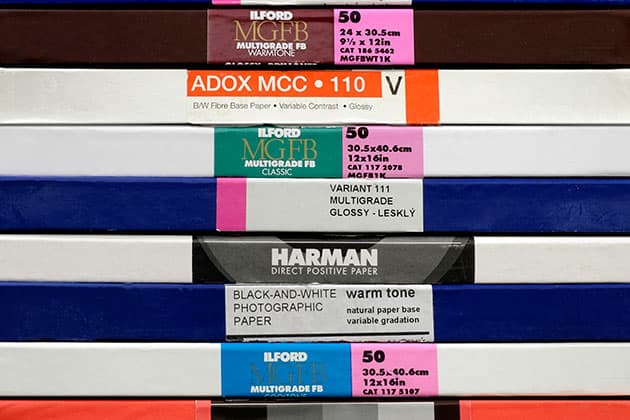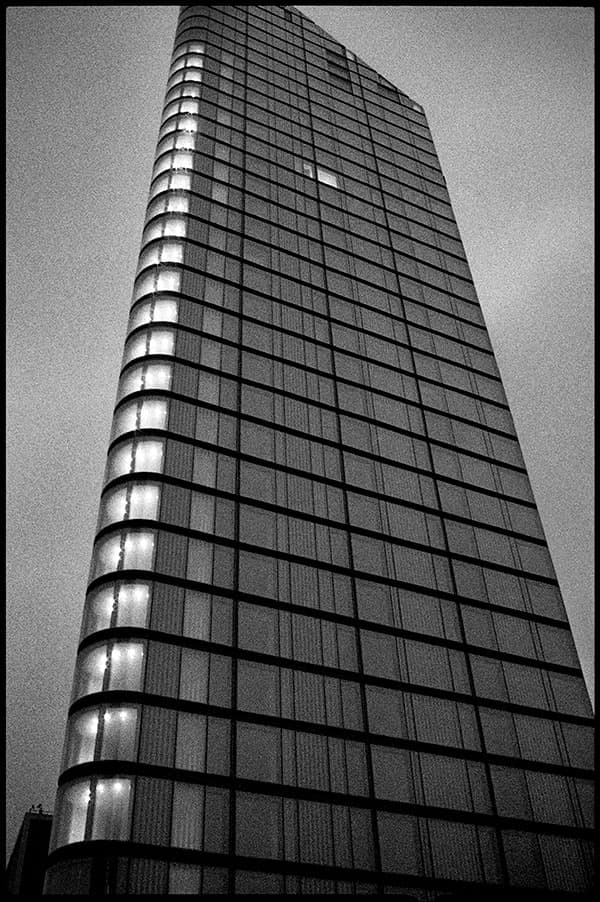
Variant is Foma’s standard b&w neutral-tone paper. Other comparable brands are Adox MCC and Ilford Multigrade Classic Foma Variant processed in Ilford PQ Universal developer; Konica Hexar AF; Ilford Delta 3200. Credit: Mike Crawford
When writing about black & white photographic papers currently available, there is often mention made of all the materials that have been discontinued over the years. While it would be fascinating to look back at the history of such papers, it is probably more constructive to feature and celebrate what we print with today. Given the dominance of digital, it is reassuring that there are still a wide variety of papers being produced.
I’ve concentrated on what is available in the UK, or at least what can easily be ordered from suppliers within Europe; namely Adox, Foma and Ilford products. While I have endeavoured to be as comprehensive as possible, I appreciate that there are some brands not covered such as Oriental Seagull and Slavich that currently have no distribution to the UK.
A brief history
Photographic materials have been produced commercially since the 1850s, and gelatin bromide papers, the forerunners to today’s silver gelatin papers, were first made in 1874. The 20th century saw a huge growth in production offered by mechanisation, but also the rise of the global photographic market for both professional and amateur photographers. Companies such as Kodak, Agfa and Ilford thrived throughout the 1900s until the advent of digital. After this only a handful of companies and brands survived, continuing to manufacture traditional photographic paper in smaller quantities, some diversifying into digital materials and technologies. In some instances, the brand has continued, while the original company has changed ownership, business name or indeed ceased trading.
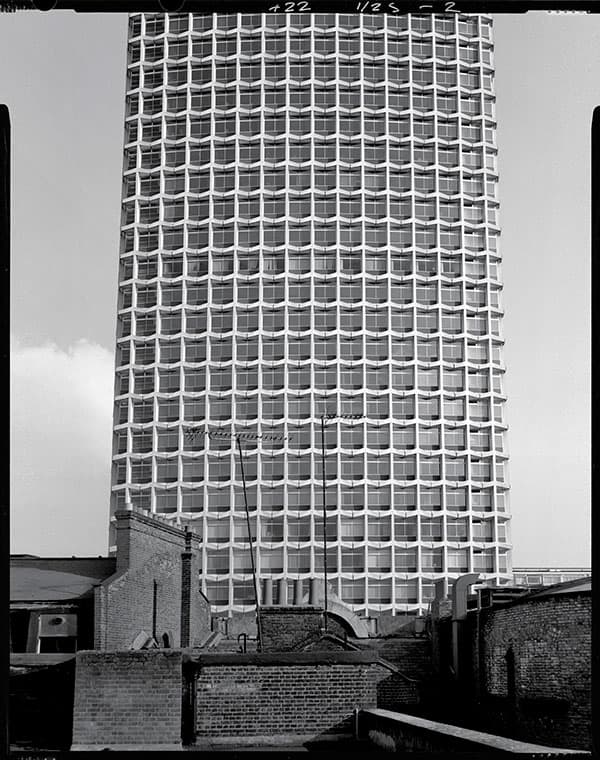
Adox operates two factories in Germany and Switzerland producing films, papers and chemistry. Its Lupex, a silver chloride paper, can only be contact printed with strong light, but it renders fine detail. Adox Lupex processed in Adox MCC developer; MPP Mk VII, Kodak Ektar 203mm lens; Ilford FP4 Plus. Credit: Mike Crawford
Adox
Adox papers and films are produced by Fotoimpex in Germany. In addition to manufacturing photographic materials, its store supplies a very wide range of analogue products and equipment.
Its flagship paper is Multicontrast Classic (MCC), a neutral-toned, variable contrast fibre-based (FB) paper, available in gloss and matt surfaces. The emulsion is based on the formulae for Agfa MCC paper, which stopped production following Agfa Photo’s bankruptcy in 2005. Fotoimpex has produced the paper in cooperation with ex-Agfa engineers using their original coating plant. Like its predecessor, it is an excellent paper with a smooth gradation and full tonal range, and in my opinion preferable to the original Agfa as it is coated onto a whiter, less warm paper base. In addition, the matt MCC has a semi-matt surface that gives slightly more depth than other matt papers. A resin-coated (RC) version, MCP is also available in gloss and pearl.
A recent addition to its catalogue is Lupex, a silver chloride paper, similar to Kodak Azo, a legendary paper rst produced in the early 1900s and used by photographers such as Edward Weston. This cold tone, gloss paper gives very ne print resolution, providing full highlight and shadow detail with a correctly exposed and processed negative. But it does have a very low emulsion
speed, making enlargements impractical, though it’s ideal for contact printing large-format negatives.
A much anticipated Adox paper, which has been in development for some time, is the Polywarmtone Project. This will be a new version of the classic chlorobromide paper. Adox acquired the original coating and production machinery when Forte ceased trading in 2007 and has since been working to bring this paper back into production.
Foma
Based in the Czech Republic, Foma has been making photographic paper since 1931. Following the demise of Forte in Hungary and Fotokemika in Croatia, it is the last major producer of traditional photographic materials in the Central/ Eastern European region. Fortunately, its papers are widely available and currently it exports to more than 90 countries.
Its two most popular variable contrast FB papers are Fomabrom Variant and Fomatone MG, both produced in glossy and matt versions. Variant is a fine neutral-toned paper, with strong blacks, a good range of contrast and a natural white paper base. Fomatone is a rich, warm-tone paper, though the tone of black can be manipulated through the choice of developer.
Before variable contrast and Multigrade, all papers had to be manufactured in individual grades of contrast, from 0 to 5. Foma continues to produce Fomabrom, similar in tone to their Variant paper, in grades 3 and 4. (Harman/Ilford also makes a graded paper, Ilfobrom Galerie, but now only in grade 3.)
Foma also makes a range of RC papers in a neutral tone. Fomaspeed is graded, again available in grades 3 and 4, while Fomaspeed Variant is variable contrast and produced in gloss and pearl surfaces.
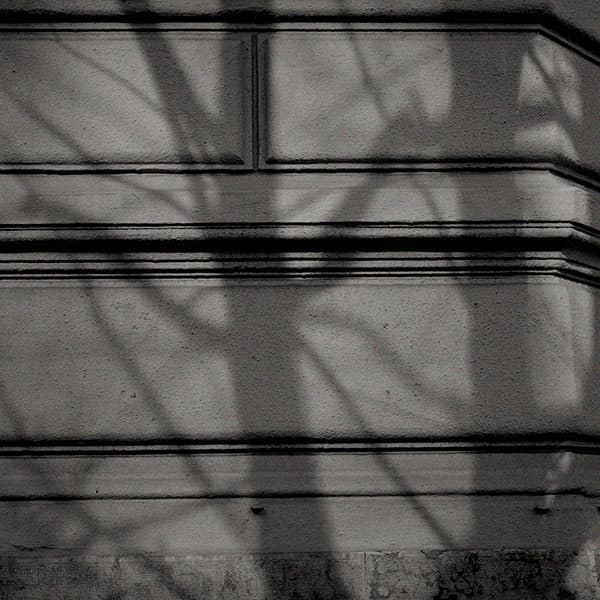
A relatively recent Ilford paper is Art 300, which has a texture reminiscent of older pre-war papers. Ilford Art 300 processed in Harman Warmtone developer; Rolleiflex 2.8E; Ilford HP5 Plus. Credit: Mike Crawford
Ilford
Ilford papers are produced by Harman Technology in Mobberley, Cheshire. While this company was formed in 2005, it is a direct continuation of the business, which began in 1879 as Britannia Works, later to become Ilford.
There are 14 different types of FB and RC papers listed in its catalogue. Multigrade FB Classic is its brand leader, a neutral-tone paper on a clean white base available in gloss and matt versions. Multigrade FB Warmtone has a warmer tonal range, available in gloss and semi matt, which has slightly more depth and a richer black than the MG Classic Matt surface. FB Cooltone has a far colder, bluish black and an extra white base and is available in gloss.
RC equivalents of all three Ilford papers are available, as is Multigrade RC Portfolio, which is a resin-coated paper (gloss and pearl) on a heavier 255gsm base. It is also sold in a postcard format with pre-printed postal information on the back, thus making the prints photographic postcards.
Other specialised products from Harman include Ilford Art 300, a warm-tone paper on a textured cotton rag paper and Direct Positive, an FB paper which prints directly as a positive. This paper, which needs careful development to control the contrast, is ideal for making ‘in-camera’ direct positive prints, usually with a large format camera.

Looking through the boxes of paper stored on my darkroom shelves, it’s reassuring just how many types are still available. Credit: Mike Crawford
Paper choices: Fibre based or resin coated?
The two main types of paper are fibre based (FB) and resin coated (RC). Also known as Bromide or Baryta, FB is a traditional photographic paper. The light-sensitive emulsion is coated directly onto a paper base, which itself has a coating of barium sulphate (Baryta) giving the print a white base tone. The chemical process after development requires an acidic fix, so an extended wash is required to ensure all harmful chemicals have been removed from the paper.
RC papers, introduced in the 1970s, employ a thin polyethylene layer on both sides of the paper to protect it from soaking up chemistry, allowing far shorter wash times. RC prints air dry quickly and flat, while FB papers will have an inherent curl when dried which then requires flattening. (This is due to the emulsion layer and paper base drying at different times.) However, FB papers, which tend to be on a heavier base, will normally display more tonal depth than RC, and are usually preferred for high quality printing work.
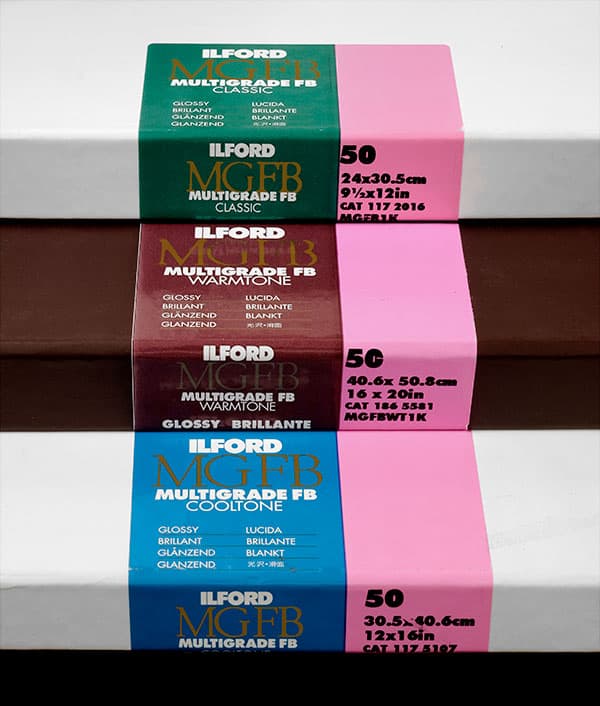
Ilford’s paper includes neutral-toned Multigrade FB Classic, plus Warmtone and Cooltone emulsions. Credit: Mike Crawford
Paper surfaces: Gloss or matt?
The next choice to consider is the paper surface. The most popular is gloss, though the intensity of this finish varies in sheen between FB and RC materials. The resin paper has a higher, smoother gloss while bre based has what used to be referred to as ‘glossy unglazed.’ Up until the 1970s, it was common to dry prints pressed onto a heated polished-steel plate, which imparted a smooth, shiny surface. When unglazed, as is common practice now, the paper still has a relatively high gloss, but without a distracting reflective glaze.
In comparison, matt FB papers have a smooth finish, which can be pleasingly tactile. They do not have the same depth of maximum black as their glossy counterparts, so often appear softer in contrast. A recent addition to Ilford’s range is Art 300, which uses a textured paper stock reminiscent of older papers from the 1930s. While matt RC used to be common, most non-gloss surfaces now tend to be classed as Pearl, which adds a very slightly textured sheen to the paper surface that helps give more depth.
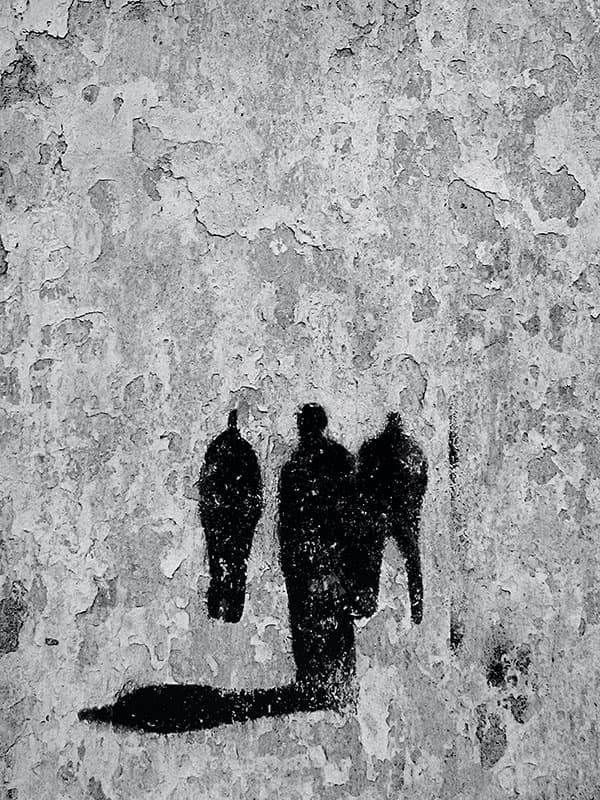
Ilford Cooltone is the coldest tone paper that is available today. Ilford FB Cooltone processed in Moersch SE6 Blue developer; Lumix GF-1; Darkroom print made from digital negative. Credit: Mike Crawford
Paper choices: Image tone
How black should black & white prints be? Or perhaps the question should be, what tone of black is preferred? All three brands featured produce a high-quality, neutral-toned FB paper in both glossy and matt surfaces. Other ‘warm tone’ papers have inherent warmth to the black, often accentuated by the use of a warmer base material. This shade or tone is not always apparent to the viewer. Surely a monochromic print must be ‘black’ and white? However, once papers are directly compared, the differences in warmth, which can range from a brown to an olive green black, are more noticeable. Likewise, colder tone papers will display a bluish black that can be accentuated by a bright white paper base.
The choice of which paper tone will best suit a particular image is a subjective decision made by the photographer. In addition, it is possible with some papers to make further changes to the tonality with different developers. While Adox MCC has a relatively neutral tone processed in a standard developer, it can appear slightly colder or warmer when processed in the appropriate chemistry. Warmer papers can also yield cool black results if specific colder working developers, such as Moersch SE6 Blue, are used, making such papers even more versatile.

